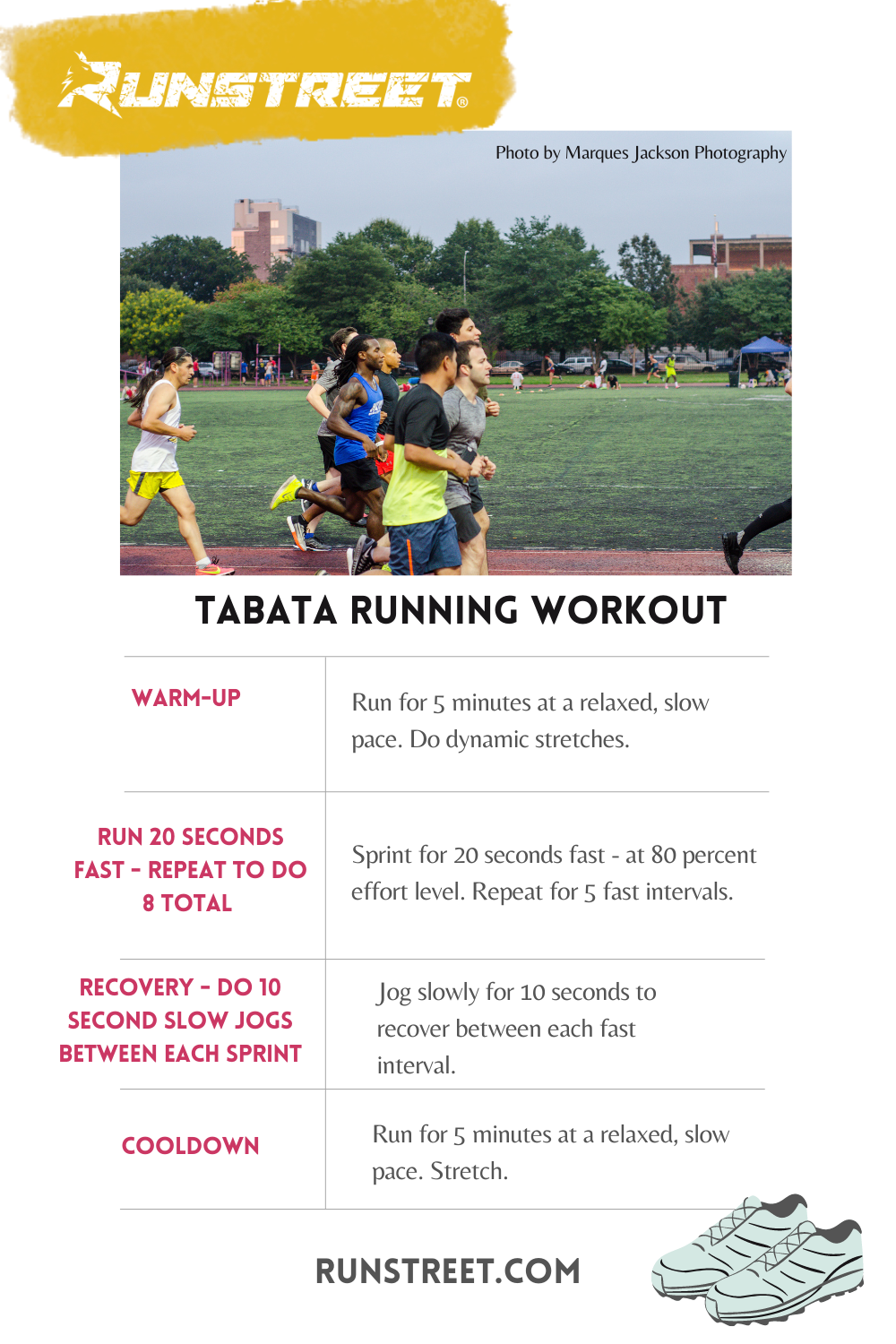Unleash Your Prospective: Running Strategy Fundamentals for Peak Performance
Unleash Your Prospective: Running Strategy Fundamentals for Peak Performance
Blog Article
Overcoming Pain in Operating: Approaches and Techniques That Work
Discomfort is a common buddy for several runners, commonly acting as a barrier to accomplishing their wanted goals. Nevertheless, with the appropriate strategies and methods, it is feasible to get over and also prevent the discomfort connected with running. By exploring various methods such as recognizing the different sorts of running pain, enhancing footwear and form, incorporating cross-training and strength exercises, executing efficient healing techniques, and keeping proper nutrition and hydration, runners can possibly reduce their pain and enhance their total running experience.
Recognizing Various Sorts Of Running Discomfort

One more kind of running discomfort is joint pain, which can materialize as a sharp or throbbing pain in areas such as the knees, hips, or ankles (running strategy). Joint discomfort might be triggered by aspects like inappropriate running form, overuse, or underlying conditions like joint inflammation (useful reference). It is necessary to separate in between muscle discomfort and joint discomfort, as the latter may require medical interest to stop further injury
Recognizing the various kinds of running pain is crucial for reliable monitoring and avoidance techniques to guarantee a safe and delightful running experience.
Correct Footwear and Running Form
To enhance efficiency and reduce the danger of running-related injuries, picking suitable shoes and maintaining appropriate running kind are vital parts for runners of all levels. It is advised to choose running shoes that are especially designed for the individual's foot kind, running stride, and the type of running activity they engage in.

Cross-Training and Strength Workouts
Toughness workouts, like squats, lunges, and core workouts, play a critical role in stabilizing muscle mass and boosting running performance. They can fix muscle mass discrepancies, improve agility, and boost power result, all of which are crucial for running efficiency.
Integrating cross-training and toughness workouts into a running routine ought to be done strategically. It is very important to permit for appropriate rest in between running sessions and cross-training activities to avoid overuse injuries. Furthermore, concentrating on correct form and strategy during toughness exercises is vital to maximizing their advantages and minimizing the risk of injury. By integrating these elements right into a running regimen, runners can develop a more powerful structure, improve efficiency, and enjoy a much more lasting running experience.
Recovery and Relax Techniques
Having actually developed the value of cross-training and toughness exercises in a thorough running routine, focus can now be guided in the direction of Recovery and Rest Strategies as essential parts for optimizing performance and lowering the risk of injuries. (running workout)
Recuperation after running is essential for muscular tissue repair and growth. Strategies such as foam rolling, extending, and massage assistance in lowering muscle soreness and enhancing adaptability. Adequate rest between runs enables the body to recoup and adjust to the physical stress, avoiding overuse injuries.
Integrating energetic recuperation days into a training schedule, where low-intensity activities like walking or cycling are done, can boost blood flow and advertise recovery without placing excess strain on the muscles. Additionally, appropriate hydration and nutrition play a crucial role in the recovery procedure by replenishing shed liquids and nutrients.
Quality rest is one more crucial facet of healing that must not be ignored. Throughout rest, the body undergoes repair and regrowth procedures, adding to general physical and mental health. By focusing on healing and rest methods, joggers can preserve optimal efficiency levels and reduce the likelihood of experiencing pain or injuries.
Nutrition and Hydration for Runners
Exactly how can joggers enhance their efficiency via proper nutrition and hydration practices? Nutrition and hydration are essential aspects of a runner's training regimen, playing an essential function in performance, endurance, and recovery. To boost efficiency, joggers should focus on eating a well-balanced diet regimen that includes carbohydrates, proteins, healthy fats, vitamins, and minerals. Carbohydrates provide energy for running, while proteins aid in muscular tissue repair service and recovery. Healthy and balanced fats support general wellness and aid in absorbing vital nutrients. Ample hydration is likewise important to keep blog here optimum performance, as also mild dehydration can adversely influence running efficiency. Runners should consume water prior to, during, and after their go to remain hydrated. Electrolytes, such as sodium and potassium, are additionally important for keeping fluid balance and muscle feature - running workout. Furthermore, timing dishes and treats suitably prior to runs can aid stop stomach discomfort and give the essential power for peak performance. By paying focus to their nutrition and hydration, joggers can boost their endurance, speed up healing, and execute at their ideal.
Final Thought
To conclude, by recognizing the numerous kinds of running pain, using appropriate footwear, preserving correct running form, integrating cross-training and stamina workouts, focusing on recuperation and remainder, and concentrating on nourishment and hydration, joggers can effectively overcome pain and improve their efficiency. Carrying out these techniques and methods can assist runners avoid injuries, improve their endurance, and eventually take pleasure in a much more satisfying running experience.
Report this page